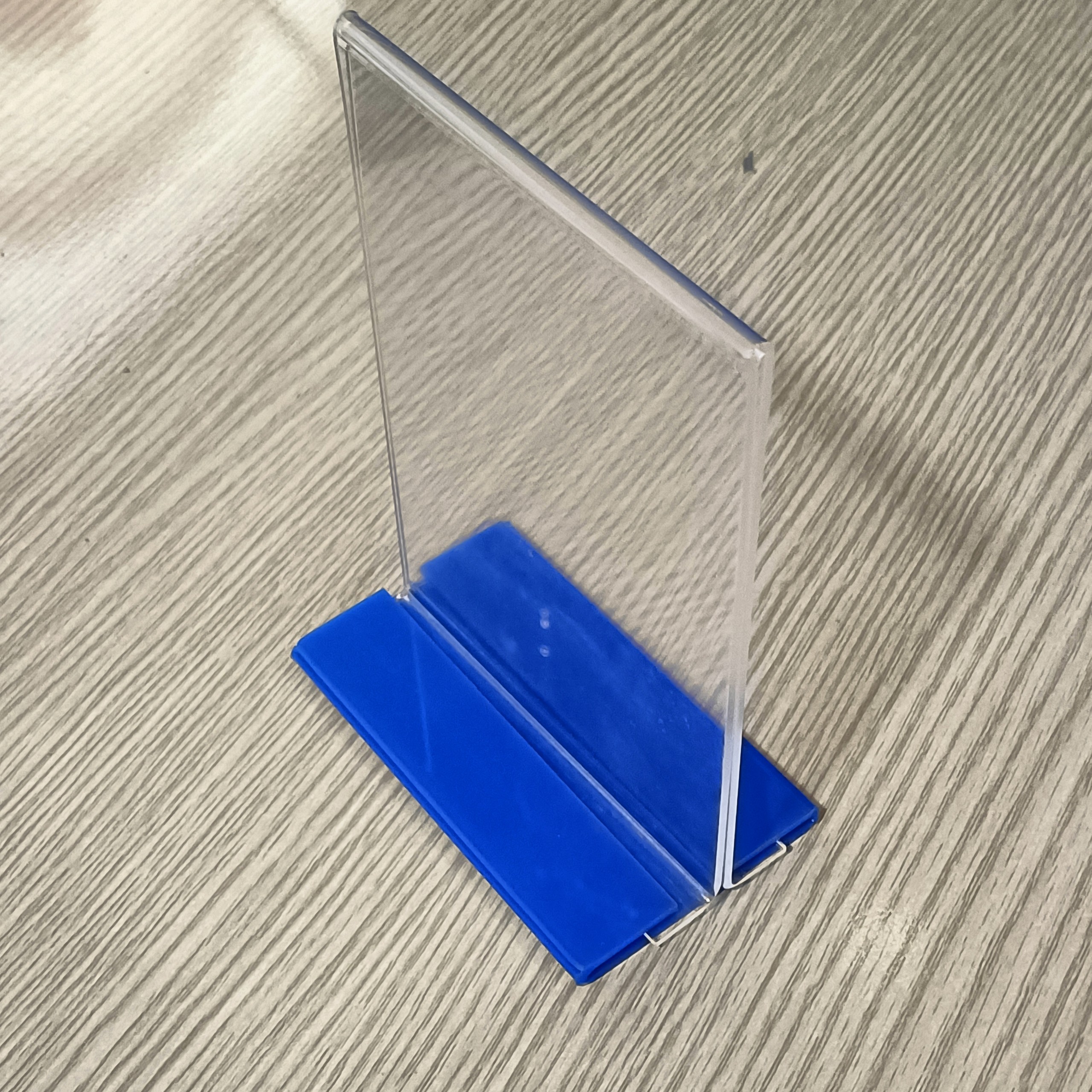Mica is a very versatile and beautiful material. It is very easy to use, and it can add a lot of sparkle to your artwork.
To use mica, you will need a clear sealant to keep the color from running or flaking off. It is also important to test the mica powders and pigments before using them on a larger project.
Sheets for Engraving
Mica sheets are crafted through a meticulous manufacturing process, transforming this versatile natural wonder into sheets employed in industries across the globe. Their unique makeup and specialized applications make mica sheets invaluable to industries ranging from electrical to cosmetic, and from industrial manufacturing to automotive design.
Whether flexible or rigid, muscovite or phlogopite, pure or composite, mica sheets are available in various grades and thicknesses to serve particular applications. Their adaptability allows them to meet a variety of needs, including electrical insulation, high-temperature equipment construction, and thermal resistance.
Our standard Laser Polymer emits a pleasant lemon scent during engraving and washout, making it ideal for general stamping applications or self-inking stamps using regular stamp inks. Cuts cleanly and is very durable.
Engraving Tools
Engraving has been used for three primary reasons throughout history – Art, Worship and Record Keeping. It can be found in stone carvings, cave drawings and ancient pottery. Historically, engraving was done using various sized tools that scratched the surface of the material to create a design or message.
Engraved items are often used as a way to show a client appreciation, provide a business with promotional materials or for personal use such as monograms on shirts, bags, glassware and more menu mica a4. It is a great way to add a personal touch to any item.

Laser engraving is a popular and fast method of etching images into surfaces such as wood. The extreme heat and pressure of the machine makes it easier to etch intricate and detailed designs into the material.
Sand carving is a simple technique that looks similar to engraving but doesn’t require as much skill or precision. This type of engraving produces a frost-looking spotless result that is perfect for glass, marble and stone. It is also a great option for people who are just getting started in the industry as it’s easy to learn.
Muscovite Mica Art
MUSCOVITE, or mica (named for its ability to be split into paper-thin sheets), is one of more than 30 silicate minerals that are found as colorless, odorless flakes or plates. It is a common component of igneous rocks, especially granitic rocks such as granite pegmatites. It may also be present in metamorphic rocks like schists and gneisses. Muscovite and phlogopite are the two major micas used in commerce. Both are mined artisanally in India and Madagascar, often in poor working conditions. The mining of mica presents a significant occupational health hazard and the inhalation of mica dust is known to cause silicosis.
While muscovite is most widely used as a paint pigment, it is also incorporated in construction materials such as plaster and drywall and in electrical insulation. It is also used as a lubricant to keep rubber and asphalt products from sticking together during shipping and storage. It is commonly employed in oil and gas drilling as a mud additive because it resists high temperatures and pressures and lubricates the drill bits. In addition, ground mica is employed as a filler in resins and plastics and as a suspending agent to prevent solid particles from settling in gels or paints.
Mica Craft Techniques
Mica craft techniques let you add stunning, shimmery effects to your handmade projects. These materials are a beautiful addition to mixed media and resin art, and they can also make your polymer clay creations pop. You can even use mica in paper crafts to create gorgeous backgrounds or overlays.
For example, when you’re painting or scrapbooking, you can wet a paintbrush and dip it into mica powder for easy glitter application. You can also mix mica powder with isopropyl alcohol and put the mixture into a spray bottle for a DIY shimmer spray that’s perfect for paper crafts.
Another fun technique is to add mica to epoxy resin. This can give your art a three-dimensional look, and it’s especially effective with photographs. You can print the photograph twice – once on regular paper and once on mica – and add it to the top of the epoxy, so the subject really stands out. You can also add mica to a Mod Podge glaze for a decoupage effect. Just be careful that the amount you use isn’t too much, or it may tint the glaze.
Polishing Mica
Mica can be incorporated into clay to add sparkle and shimmer. It is especially useful in adding color to translucent polymer clays. Mica can also be used in gilding waxes to accent ornate moldings or carvings and give them a metallic shine.
Mica powder is a pigment that looks like fine glitter and comes in many colors. It can be natural (muscovite) or synthetic, and it’s used in many arts and crafts applications to add a pearlescent glow or sparkle to paper crafting, epoxy resin and other materials.
In jewelry making, mica can be applied to a surface with a slip and fired to create a slick coating that resists fingerprints and other marks. Mica can also be carved into or painted onto glass to add design elements and texture.